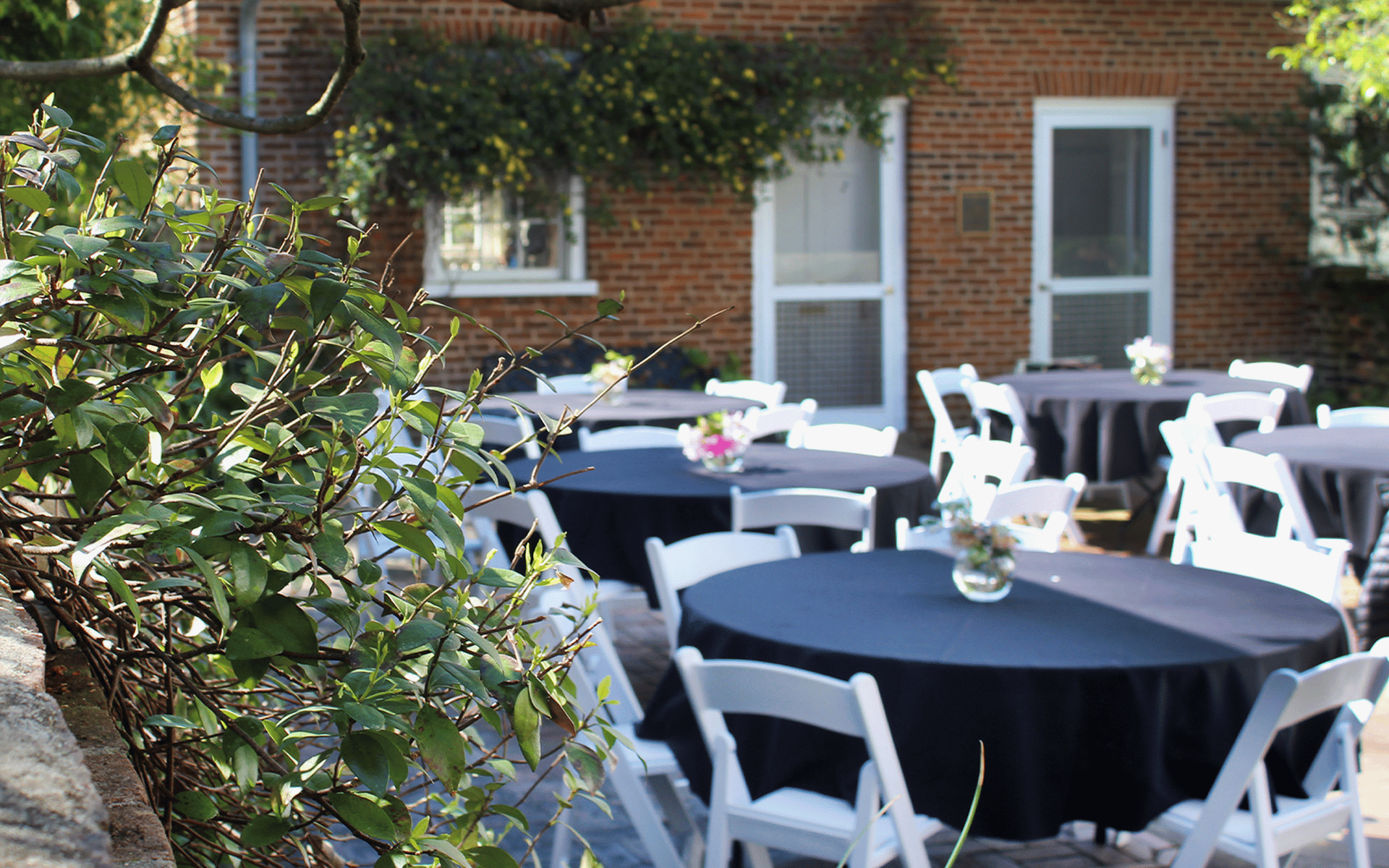The Jackson Street Building is a large, recently renovated, mid-century modern building that houses the college administrative offices, Landscape Architecture program (BLA), Owens Library, and the Circle Gallery. Academic space includes large design studios, lecture classrooms, and faculty offices.
Jackson Street Building

285 South Jackson Street, Athens, GA 30602

BLA Studios, Lecture Rooms, Computer Lab

Faculty and Staff Offices, Event / Crit Space

Owens Resource Center, Circle Gallery, REDLab (VR)

Built in 1961

LEED Gold Certified Building
Bishop House
Bishop House provides office space for CED’s finance staff, as well as faculty members.

UGA North Campus

Business Office, Finance Staff

Faculty Offices

Built in 1837
Caldwell Hall
The primary MHP space in Caldwell Hall is comprised of an open gallery with windows that view the shared breezeway space between Caldwell and Denmark Halls. Student workstations, shared meeting facilities, and open-use computer stations are provided in this space.

UGA North Campus

1st Floor

MHP Student Workspace

Built in 1981
Denmark Hall
Denmark Hall is home to CED’s Master students studying landscape architecture and historic preservation. The space includes studios, lecture classrooms, and lab spaces shared by Landscape Architecture and Master of Historic Preservation students.

UGA North Campus

MHP + MLA Programs

Environmental Ethics Certificate Program

Built in 1901
Founders House at the Founders Memorial Garden
The Founders Memorial Garden and House provides a learning laboratory for students from all disciplines and is used for events like the annual CED Alumni Tailgate. The Center for Community Design and Preservation is located on the house’s 2nd floor.

UGA North Campus

CCDP + FindIt

Event Space

Built in 1857
Tanner Building
The Tanner Building, located next to the North Campus parking deck, houses Master of Urban Planning and Design students, as well as our Ph.D. students. The facility includes studio space, lecture classrooms, and a computer lab.

UGA North Campus

MUPD + PHD Programs

Faculty Offices

Built in 1909
















